Degas Paintings Studies
As a painter, it is fascinating to look at the studies and copies past great painters did of their forebearers. Looking at these works gives some insight into how they saw and interpreted paintings they admired. Degas is one artist who left behind many copies of old master works. It is well known that he continued to create studies throughout his life.
Degas made close to 700 copies in the form of paintings, drawings and sketches in a notebook. It is a testament to his diligence and commitment with which he applied himself to studying the art of the past. It is also probably this vast study that contributes to his eclectic approach in his own work. The vast majority of Degas copies date from the first decade of his career (1853 – 1862). Almost all are partial copies rather than faithful renditions of an entire composition. Instead, he would pick out details of figures, color schemes or other elements that caught his interest.
Below are examples of some of Degas own copies of paintings – both partial and full renditions as well as drawings. I hope these will inspire you to also take the act of copying seriously as a way of learning how to paint!
Degas After Delacroix’s Entry of the Crusaders into Constantinople
Below is the full image with Degas on the left and Delacroix on the right.
Degas after ‘The Crucifixion’ by Mantegna
Degas copy appears on the left and Mantegna’s original on the right. As you can see Degas gave the piece a more liberal interpretation instead of choosing to copy it in absolute detail. He was more concerned with capturing the spirit and essence of the piece than details.
Degas after ‘The Finding of Moses’ by Veronese
Here is an example of Degas choosing to copy only a portion of a painting instead of studying the whole composition. Here you can see that the left side of the original painting (seen below) by Veronese is what interested Degas the most.
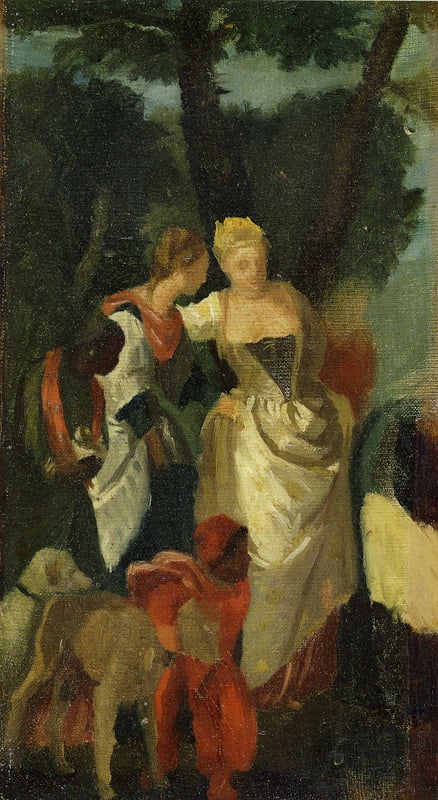
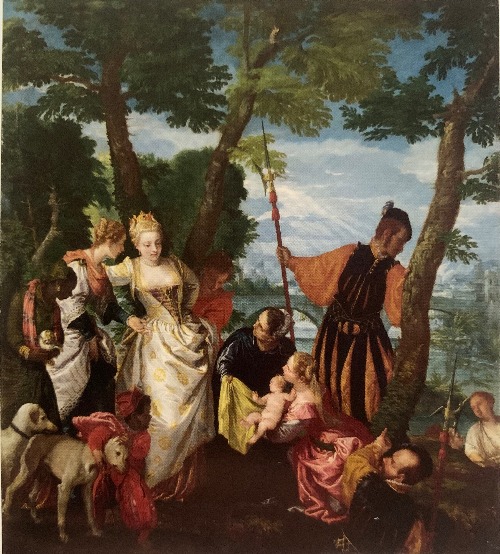
Degas copy after a Florentine drawing
This piece is quite interesting as it is not a painting after a painting but rather a painting done after a drawing. Unfortunately we do not know which artist this copy was done from. Degas did many copies of portraits throughout his lifetime. It is apparent after seeing them that he was particularly drawn to those that exuded an air of aristocratic aloofness. Something that was also present in several of his own portraits.

Degas after ‘Elisabeth de Valois’ by Anthonis Mar
Here is an example of a drawing done by Edgar Degas after a painting. Again, you can see his draw towards portraiture with a sense of aloofness.

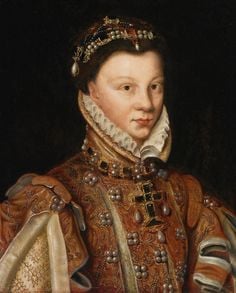
I hope these master copies done by Degas were inspiring! I will be adding tutorials in the future of HOW to go about making a master copy in the near future. Enter your e-mail below in the subscribe box to be the first to know when it will be up on the blog!
More resources on Degas
If you want more on Degas get these books!
A Passion for Perfection
This is a lovely volume that explores Degas relentless experimentation and lifelong desire to learn.
A Strange New Beauty
Beautiful book highlighting Degas experiments with the monotype press.




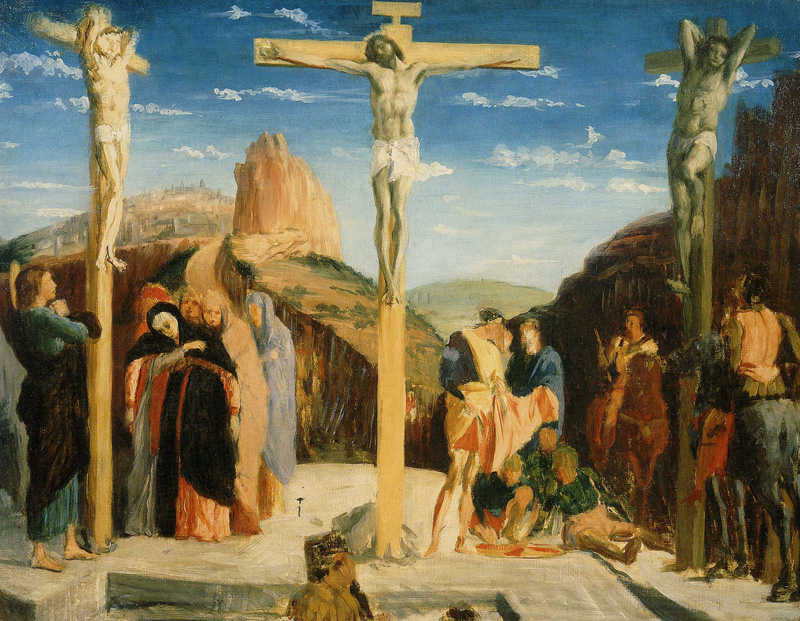

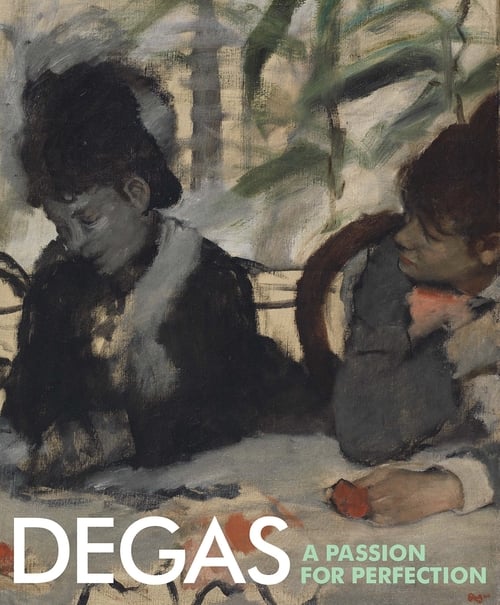
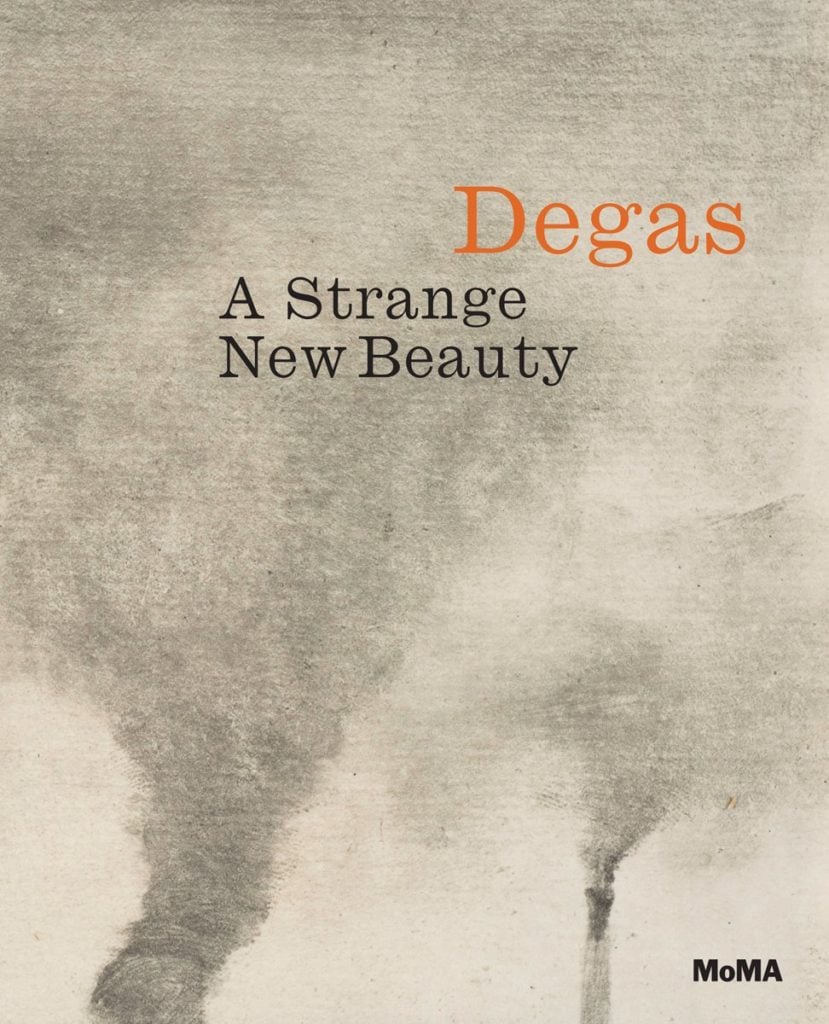



3 thoughts on “Learning from Edgar Degas Paintings of Master Copies”
Love these analytical/historic sagas you create
Thank you Owen!
Pingback: Step by Step Oil Portrait Painting and the Master Copy - Art Studio Life